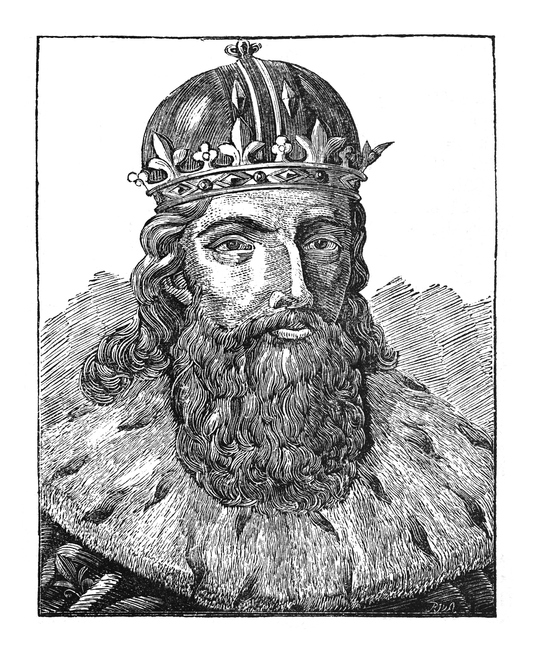
Origin of the Penny
Category: Coins of the U.S. Mint
The origin of the penny carries a rich history that spans centuries and civilizations. Its roots can be traced back to the decline of the Western Roman Empire when centralized power began to break down and local rulers started issuing their own coins.
It has weathered the tides of time, reflecting the cultural, economic, and technological shifts of each era it traversed.
Linguistic Origin of the Penny
The term “penny” has Old English and Germanic roots. The Old English word “penig” was used to describe a coin of low value, typically one that was made of silver or another metal.
Over time, the term evolved and was eventually adopted into Middle English as “peny” or “peni”, and ultimately giving rise to the modern English version we know today, the “penny”. In many English-speaking countries, it continues to be a term used for the smallest unit of currency.
From the 13th to 14th century CE, other denominations such as the fractional pennies were introduced alongside the penny to accommodate the changing economic needs of the time.

Carolingian Influence
One of Charlemagne’s greatest numismatic contributions was the standardization of currency acr
oss the Carolingian empire. As part of his efforts to revive the Roman monetary system during the Early Middle Ages, he introduced the denarius—a silver coin which would later become the precursor to the medieval penny.
In subsequent centuries following the Carolingian Empire, other rulers and regions would follow the standardized coinage system proposed by Charlemagne. This allowed the penny denomination to persist and evolve throughout and beyond the medieval period.
Beyond the Medieval Economies
The penny’s influence continued to expand beyond Europe as trade networks grew. And advancements in minting technologies, particularly in the 15th century CE, would allow for more intricate and detailed coin designs.
Despite several challenges across the economic world and throughout different regions, the penny persisted as a much-needed denomination, even after the introduction of larger denominations.
Today, the medieval penny has been largely replaced by decimalized currency systems, but its legacy remains in the names and symbols of modern currencies.


